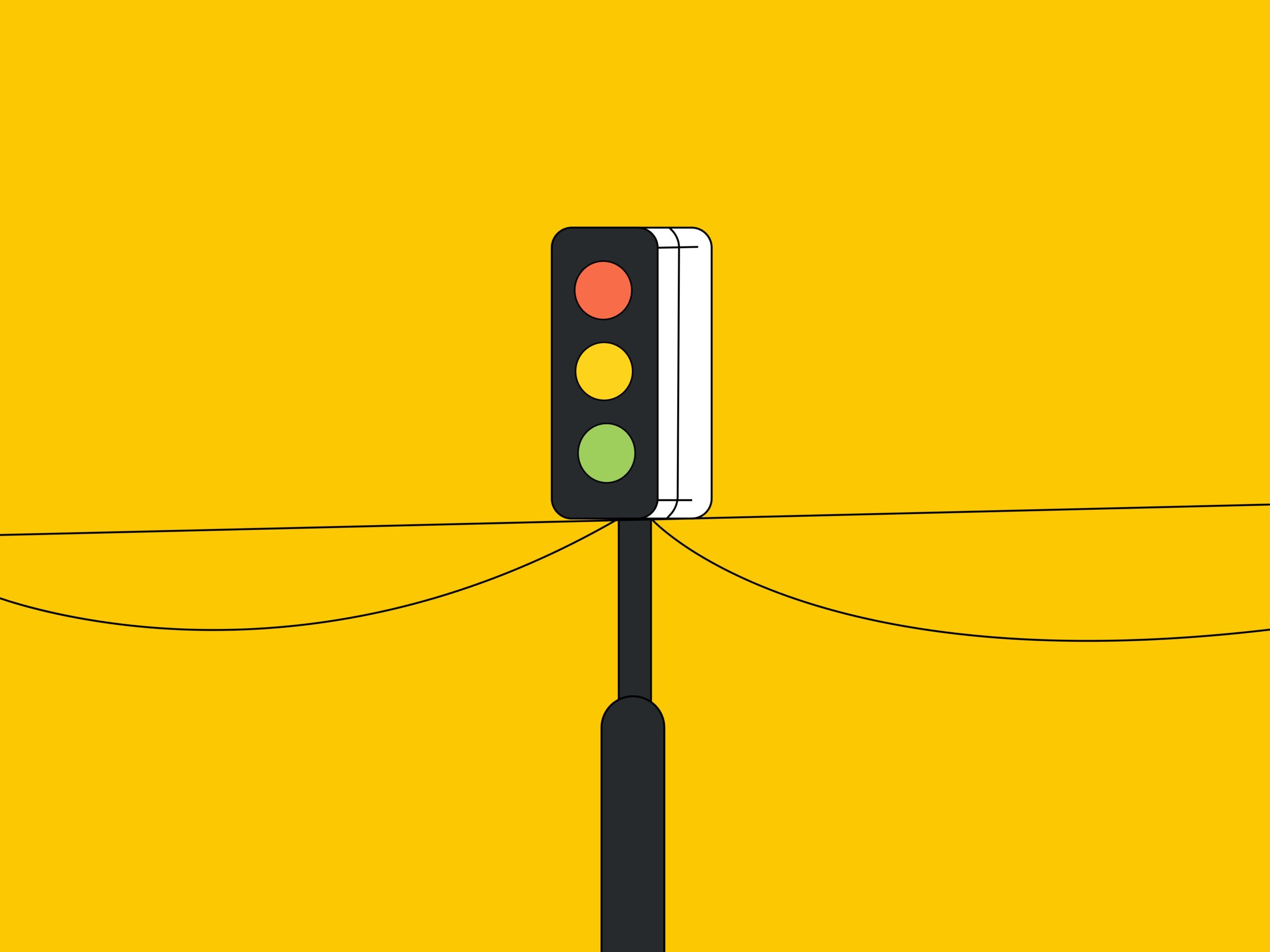Blog
What are some tips for mixing down a rap track?
10 Quick Tips for Mixing Rap Tracks Clean Recording: Start with quality vocals in a treated space using a good
AI Beatmaking AI Era Airbit Artwork Auxy Max Beatmaker Mindset Beatmaking Tips Beat Marketing Beat Selling Site BeatStars Distributing Music IMRO iOS Koala Sampler Marketing For Rappers Mindset for Rappers Music Diary Music NFT Rap/Vocals Suno Udio Web3
-
How to Be Happy as a Musician
 To view this page, you need to register as a paid member. Click here to log in.Tags: Beatmaker Mindset
To view this page, you need to register as a paid member. Click here to log in.Tags: Beatmaker Mindset -
Auxy Max for Mac Launches, Bringing the Acclaimed Music App to the Desktop
 To view this page, you need to register as a paid member. Click here to log in.
To view this page, you need to register as a paid member. Click here to log in. -
How to Build a Community and Share Your Work Through Music NFTs
 To view this page, you need to register as a paid member. Click here to log in.Tags: Music NFT
To view this page, you need to register as a paid member. Click here to log in.Tags: Music NFT -
How to Remake Your Old Suno Songs with the Latest Version
 To view this page, you need to register as a paid member. Click here to log in.Tags: Suno
To view this page, you need to register as a paid member. Click here to log in.Tags: Suno -
What To Keep in Mind as a AI Beatmaker
 To view this page, you need to register as a paid member. Click here to log in.Tags: AI Beatmaking
To view this page, you need to register as a paid member. Click here to log in.Tags: AI Beatmaking -
WAV vs MP3 in Suno: Which is Better for Your Song?
 To view this page, you need to register as a paid member. Click here to log in.Tags: Suno
To view this page, you need to register as a paid member. Click here to log in.Tags: Suno -
Understanding AI Stem Splitters and Artifacts in Suno & Udio
 To view this page, you need to register as a paid member. Click here to log in.
To view this page, you need to register as a paid member. Click here to log in. -
How to Make Your AI Beats Sound Better with Mixing
 To view this page, you need to register as a paid member. Click here to log in.Tags: AI Beatmaking
To view this page, you need to register as a paid member. Click here to log in.Tags: AI Beatmaking -
Why Beatmakers Need to Keep Changing
 To view this page, you need to register as a paid member. Click here to log in.Tags: Beatmaker Mindset
To view this page, you need to register as a paid member. Click here to log in.Tags: Beatmaker Mindset -
Suno 4.5+ Has Too Much Reverb, I Say
 To view this page, you need to register as a paid member. Click here to log in.
To view this page, you need to register as a paid member. Click here to log in.
